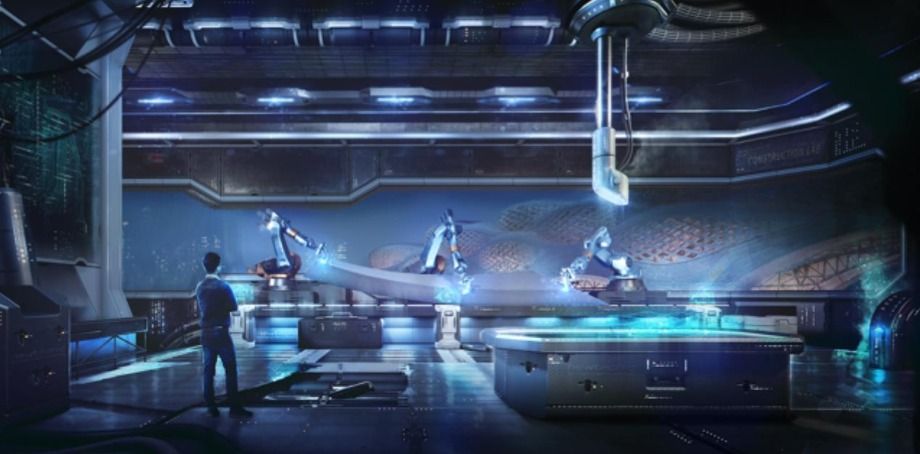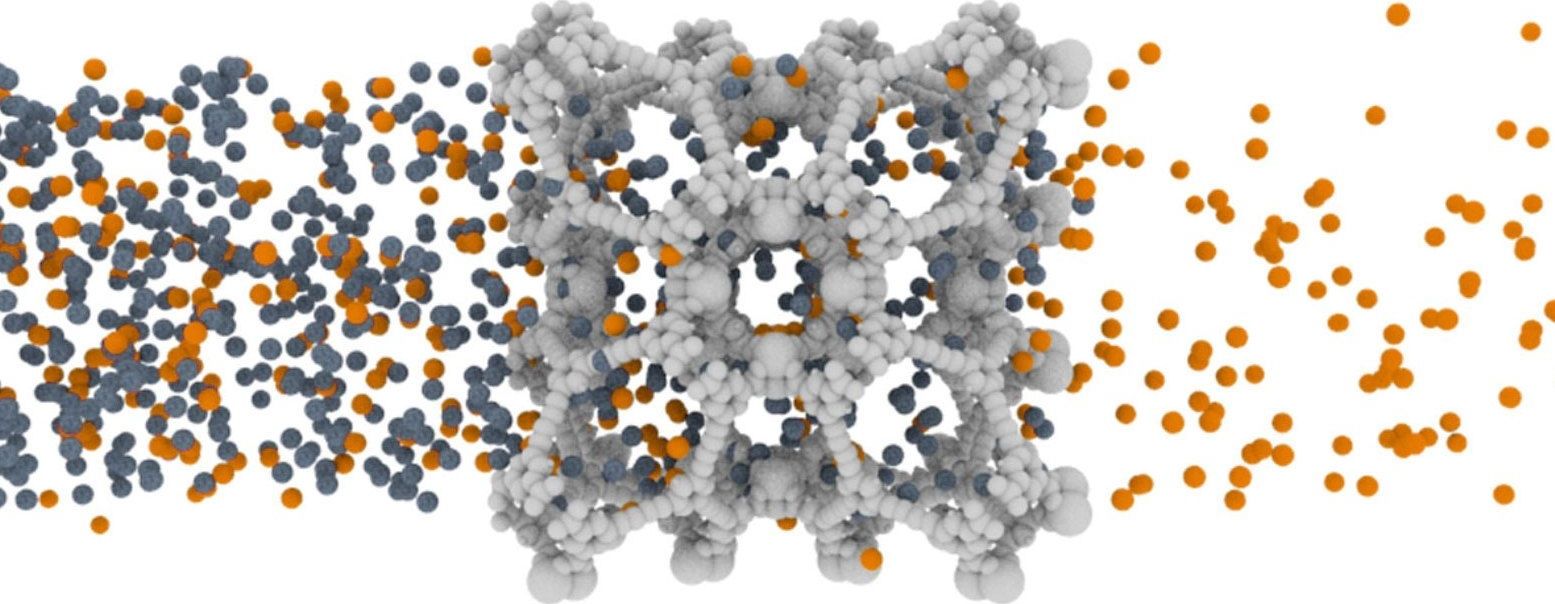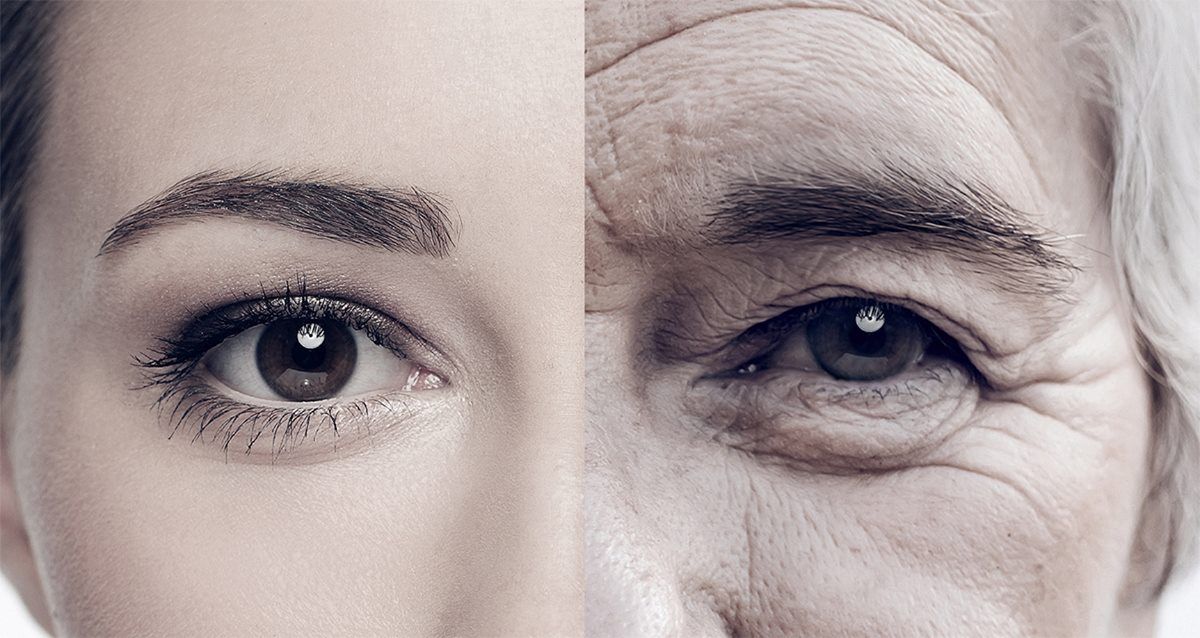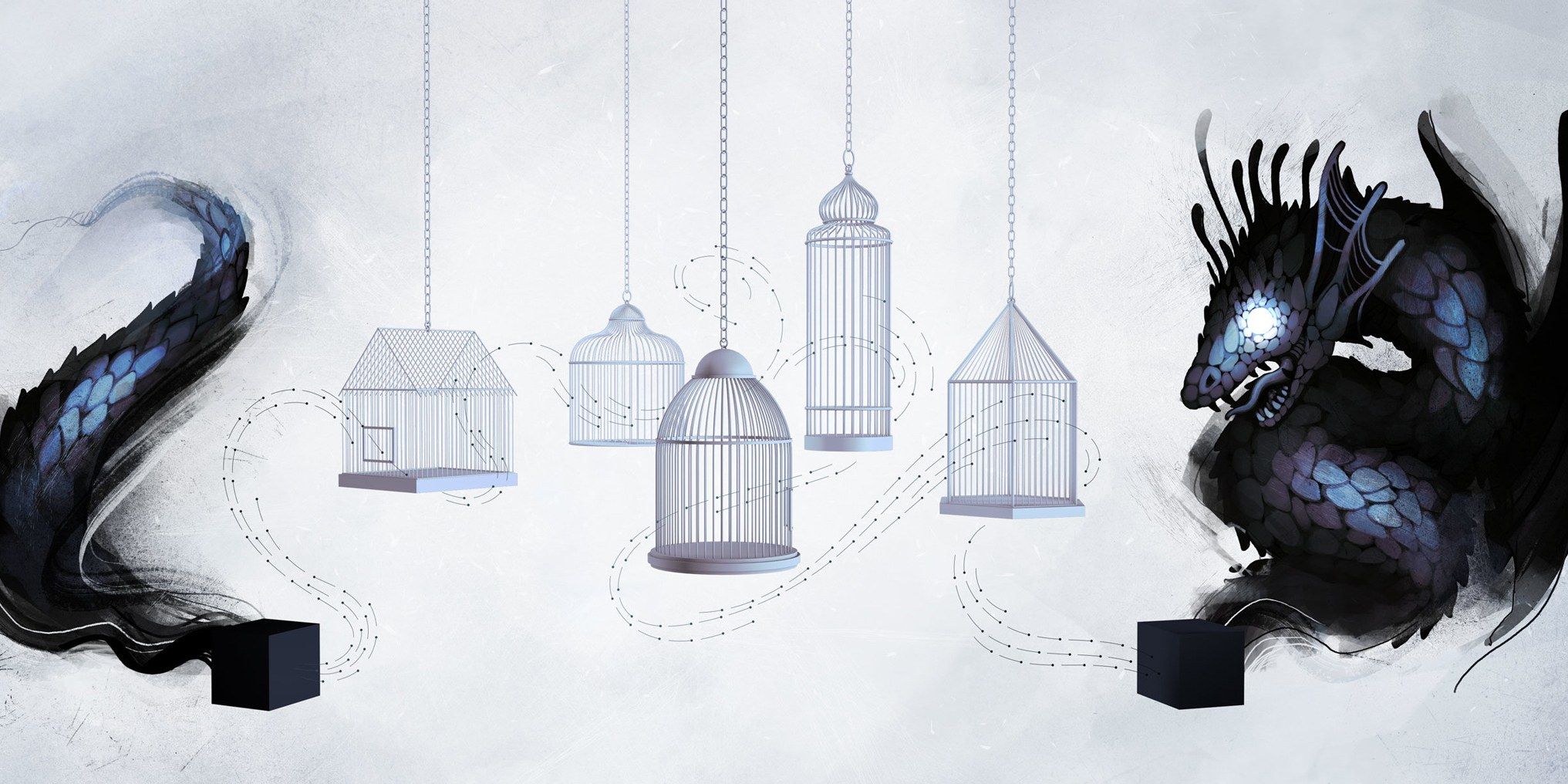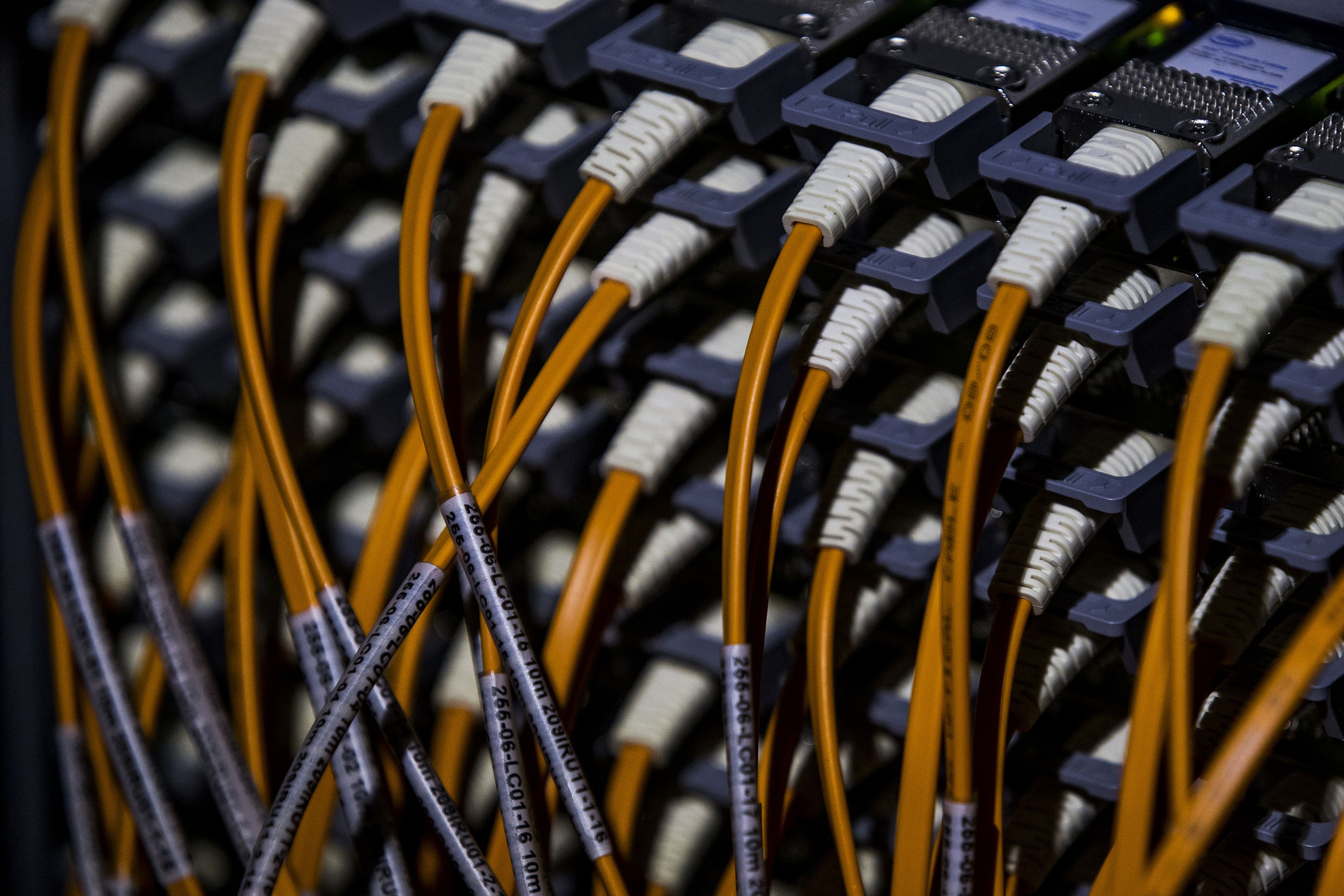In July 2018, The Engineer examined how modular fabrication techniques are reshaping the construction industry, enabling clean builds that are cost-effective and time efficient. But while off-site assembly brings many advantages, it can also be restrictive. This has prompted a new wave of engineers to bring the latest technology on-site, elevating the pre-fab to the fabulous.
According to Andrew Watts, CEO of engineering technology firm Newtecnic, this trend is part of a new era of digital construction where robots and drones will become commonplace on site. Digitalisation has penetrated virtually every aspect of design and engineering, but in many ways physical construction itself has remained a stubbornly analogue process, centuries of accumulated human expertise resisting the allure of ones and zeroes, and human hands still doing much of the heavy lifting. Newtecnic’s Construction Labs concept is aiming to change that, merging modular building with on-site construction to deliver perfect finishes on major public buildings.
“We’re using Construction Labs to realise complex projects,” Watts told The Engineer. “Its specific use is in the construction of facades and applications and connections for primary structures.”
